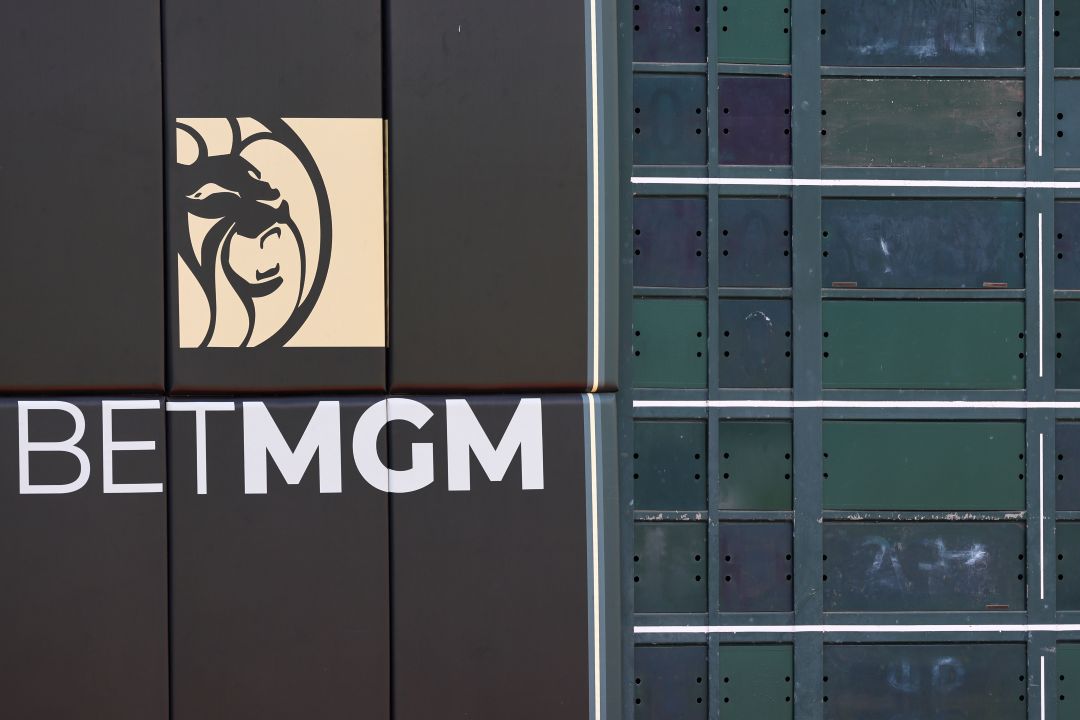A $15 Minimum Wage Will Crush the Retail Industry
Last week, Hillary Clinton’s Democratic Party officially adopted a $15 minimum wage as party of the 2016 platform.
“If cheap labor doesn’t exist anymore — pretty much the definition of the government hiking your front-line wage costs by half in one move — the industry will have to change. Again.”
If Clinton succeeds in getting this past Congress, it would disproportionately affect retail trade at a time when retail giants and small-business owners alike already have enough reasons to slash costs.
The federal minimum wage is $7.25. Most retail workers make above that — but they don’t make anywhere close to $15.
Of America’s nearly 16 million retail workers, the biggest group — 4.6 million — are salespeople. Their average wage is $10.47 an hour. After that, the country has another 3.4 million cashiers, and their average wage is $9.28 an hour.
Only a quarter of salespeople earn more than $14 — and only 10 percent earn more than $19. The figures are worse for cashiers.
Besides salespeople and cashiers, retail shops hire stockpickers and the like. None, on average, makes close to $15. Only the 1.2 million supervisors in the industry make an average $18.50.
Increasing the minimum wage to $15, then, would transform the retail industry in a way we haven’t seen since after World War II, when middle-class America made the nation into an economy that depends on consumption, not production.
This is an industry that has always relied on cheap, unskilled, transient labor. If cheap labor doesn’t exist anymore — pretty much the definition of the government hiking your front-line wage costs by half in one move — the industry will have to change.
Again.
The retail industry was among the hardest hit after 2008 — because Americans, with less or no equity in their houses, stopped spending. Today, America has 5.3 percent more private-sector workers than it did before the crash. The retail industry has gained only 2.8 percent more workers.
People have also turned to the Internet. They now do nearly 8 percent of their shopping online — more than double the figure in 2008.
And retail-store managers and owners are stuck with high rent costs, theft costs, tax costs and other bills that come with having a storefront even as they compete against Amazon.
It’s hard to overstate the stress a $15 wage would add to this pressure.
Remember, if you’re paying a supervisor $18, you can’t hike the wages you pay your lower-level staff from $10 to $15, and then expect your supervisors not to demand a big hike, too.
Predicting things is always dangerous, but one can predict this with near certainty: The result of impossible labor costs will be more automation.
An evolution from human to automated work in retail might happen over time, anyway. But vastly higher wages for the majority of the industry’s workers would speed it up.
What’s needed here is a truly small-c conservative approach. That is: hike the minimum wage by $1 or so, and see what happens for a few years. If nothing bad happens, try it again.
In fact, that was Hillary’s approach up until a few months ago — when pressure from Bernie Sanders forced her to be more aggressive.
“An evolution from human to automated work in retail might happen over time, anyway. But vastly higher wages for the majority of the industry’s workers would speed it up.”
But it’s the very definition of radical to take an industry that’s already struggling to remain relevant to consumers — and make its decades-old business model obsolete.
At last week’s convention, New York’s other two prominent Democrats — Mayor de Blasio and Gov. Cuomo — spent their time in Philly boasting about their role in taking the “Fight for $15” to the national stage. (New York state and city are raising their minimum wage, already at $9, to $15, more or less, over the next half-decade, on a complicated schedule.)
Cuomo and de Blasio shouldn’t crow over the victory yet. In fact, New York City has lost 6,200 retail jobs in the past year — after years of gains, and even as the tourism industry still thrives.
Those job losses may not be because the state raised its minimum wage by $1 between 2014 and 2015 — and business owners and managers can see much bigger hikes coming. But those facts certainly don’t help.
This piece originally appeared in the New York Post
______________________
Nicole Gelinas is a senior fellow at the Manhattan Institute and contributing editor at City Journal. Follow her on Twitter here.
This piece originally appeared in New York Post


